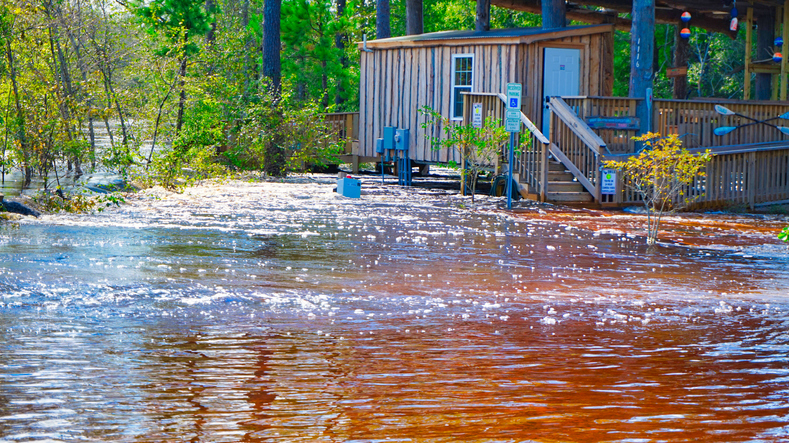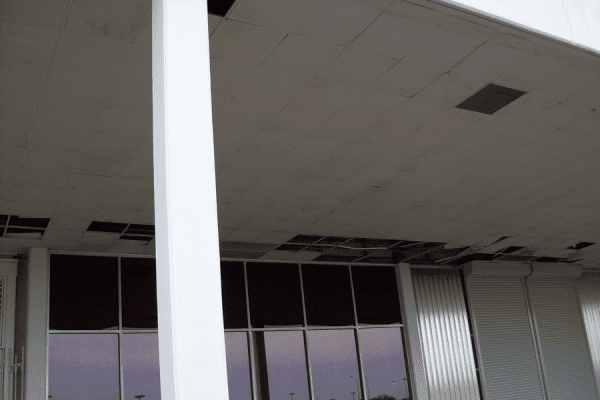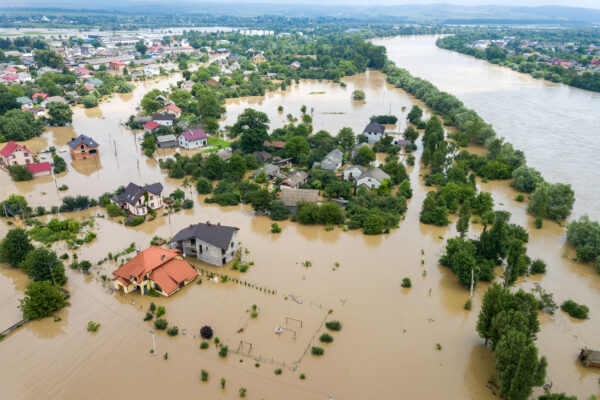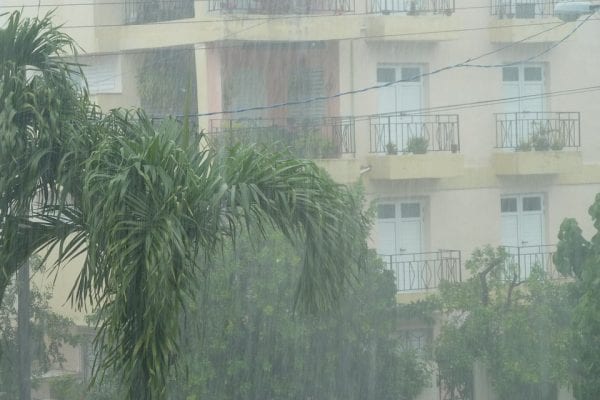Originally touted as one of the most dangerous storms to ever threaten the Carolinas, Hurricane Florence failed to deliver the Category 4 winds that were originally expected, but that doesn’t make her devastation any less real or extreme.
Across the Carolinas, Florida, and Virginia, she caused a confirmed 53 deaths, and about $38 billion worth of damage, as well as widespread hunger, thirst, and suffering, as people waited for basic survival and medical assistance.
But the worst devastation from the storm didn’t begin until days after she had passed. Here’s why.
The Ongoing Devastation of Hurricane Florence
The initial storm surges and flooding from Hurricane Florence caused widespread suffering across the coasts of North and South Carolina. To make matters worse, due to flooding and changing conditions, rescue crews were mostly unable to enter the area until well after the storm passed.
But even after the storm passed, she continued her slow crawl up the Carolinas and into Virginia, dumping historic quantities of water at every stage of her path, until finally she reached the Appalachians where she spent herself by dumping yet more rain on already saturated soils.
Along the way, she caused additional flooding and power outages in inland communities, as well as mudslides and flooding in the mountains. But possibly the greatest damage occurred when all the water she dumped flowed back downstream to the already flooded coastal and near-coastal areas.
Fayetteville, Lumberton, and surrounding areas of North Carolina took some of the worst damage from this second round of flooding. Rivers gorged, dams and levees broke, and areas that had never flooded went underwater.
And at every stage along the way, the flood waters picked up unprecedented levels of contamination, in the form of human sewage, hog waste, animal corpses, debris, sediment, and coal ash.
Municipal sewage systems were breached in several communities. Meanwhile, some sources suggest, dozens of hog lagoons were either breached, damaged, inundated, or overflowed, and at least one coal ash pit was breached, while thousands of animals drowned and their bodies entered the water stream.
The pollution is so extreme, that it is visible in images from NASA, showing Carolina rivers dumping black liquid into the ocean.
This polluted water flooded homes, businesses, and entire communities in its path, driving people into a second round of evacuations, water rescues, and misery.
The economic and human cost of the second round of Hurricane Florence’s impact has not yet been calculated, but could easily outstrip the original damages.
Relief and recovery crews continue to work in the areas of devastation, delivering supplies to hard-hit areas, and beginning the long, slow work of recovery. Some of our teams are there, working to help ensure that recovery and reconstruction efforts don’t contribute to the environmental impact of the storm by releasing new contaminants into the air and water.
To learn more about why Hurricane Florence was so devastating to the Carolinas despite being downgraded to a Cat 1 prior to landfall, check out last week’s post. Then stay tuned to read more about ongoing recovery efforts in the region in next week’s post.






